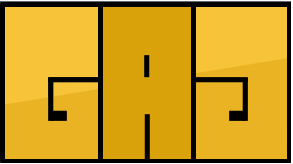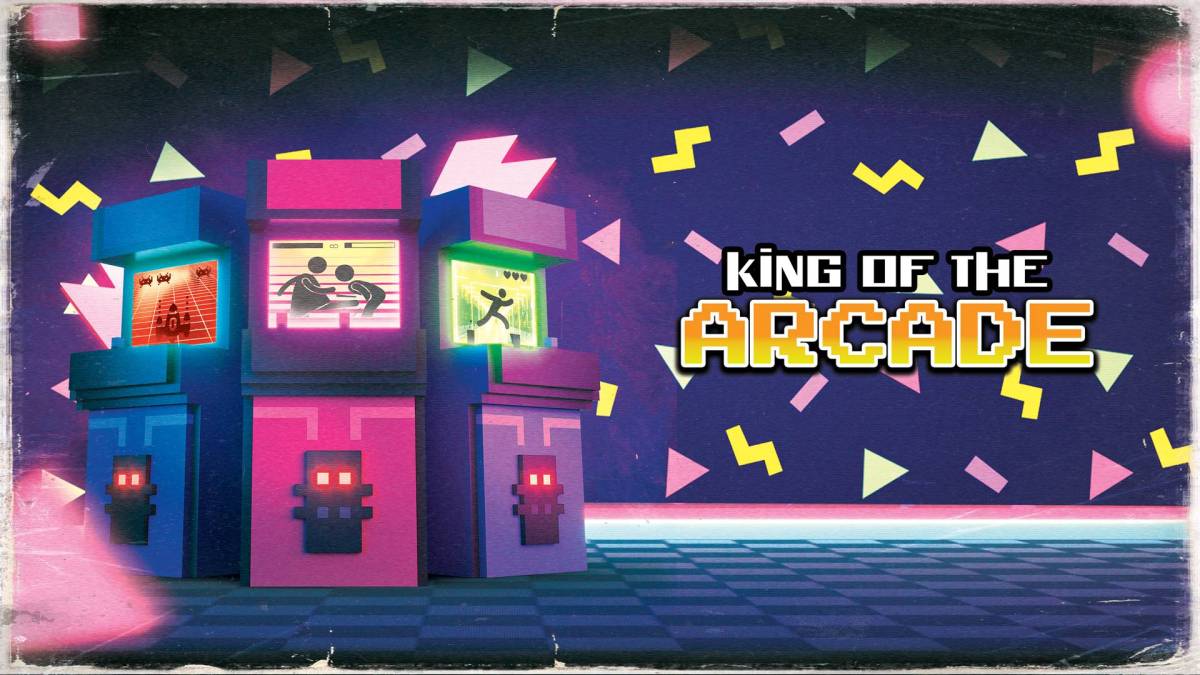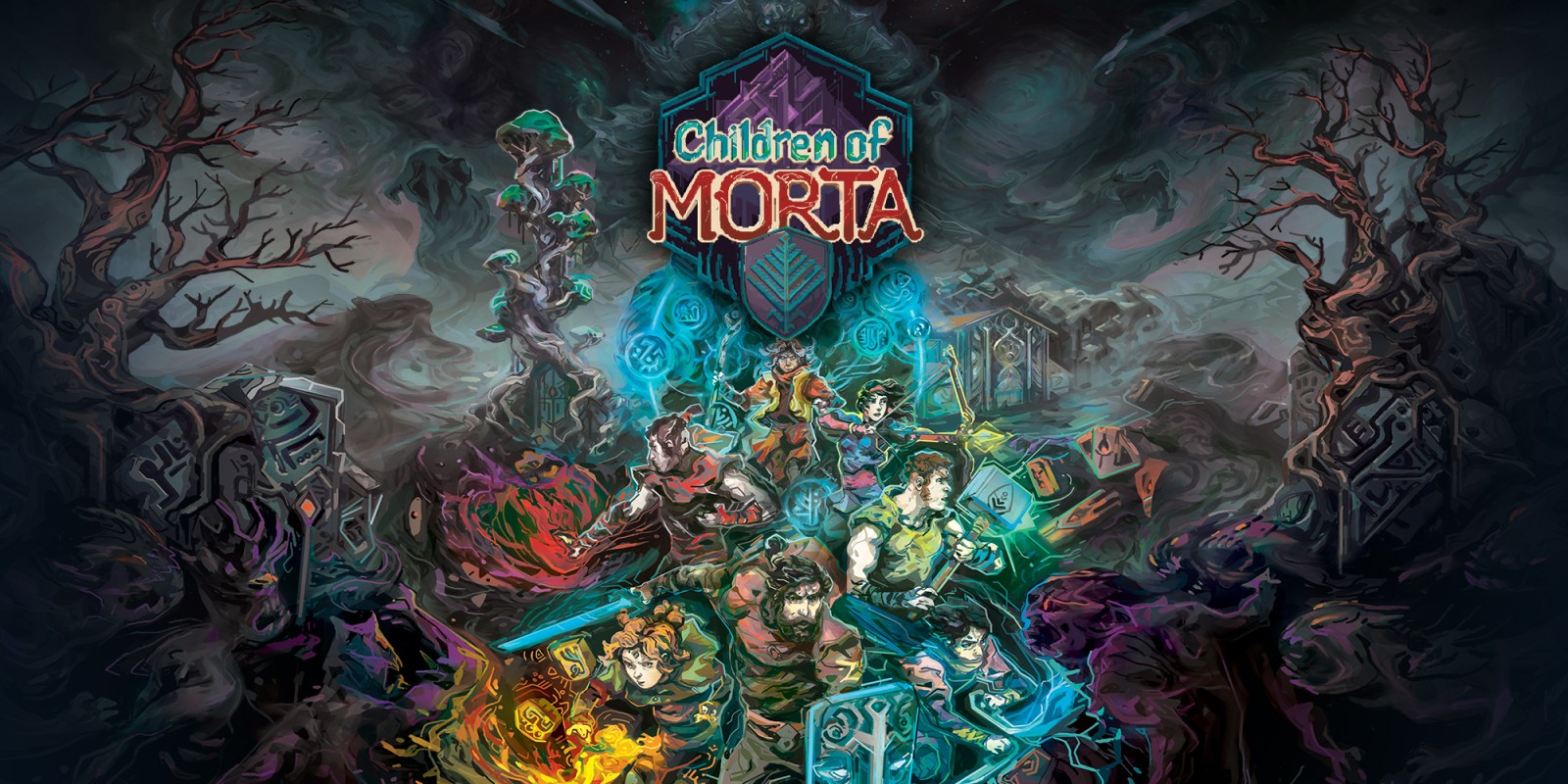
Platforms: Xbox One, PlayStation 4 (reviewed), Nintendo Switch, Microsoft Windows, Linux, Classic Mac OS
Family has always been the most important thing in my life. If a movie, television show, or game has a depiction of a caring, tight-knit family at the core of its story, I’m almost certainly on board. Children of Morta offers up just that. Its story revolves around the Bergson family and their fight to save themselves from a mysterious blight known only as The Corruption.
Children of Morta starts off with the matriarch of the family, Margaret, having visions of the coming Corruption and looking for answers from a shrine near the house. When there are no answers to be found, Margaret calls upon her son, John, to investigate another shrine deeper in the woods. While exploring, John soon finds his eldest daughter, Linda, and they discover that the Corruption has begun to take hold of the wildlife in the area, creating violent creatures. John and Linda race back to tell the family what they have witnessed. Margaret then informs everyone that this isn’t the first time the Corruption has been a threat and that there are three spirits the family must find and free from the surrounding caves if they hope to stop the impending doom.
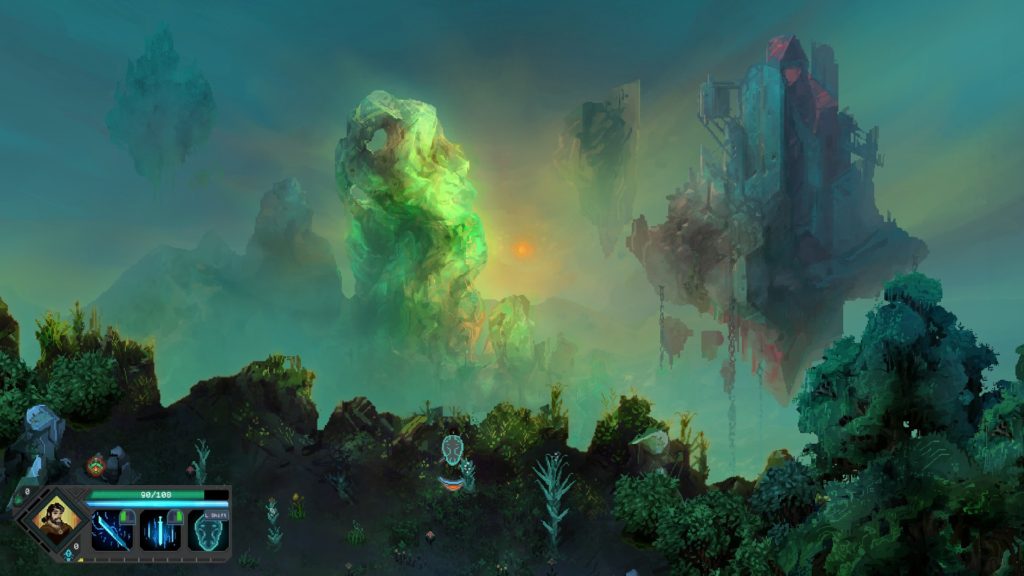
Children of Morta is described as a “story-driven hack’n’slash game with rogue-lite elements” and when compared to games of the same ilk, it certainly offers a far deeper story than most. It’s a pretty good one at that, with each story moment wonderfully narrated. As good as the story may be, what really makes or breaks an experience like this is gameplay. Thankfully Children of Morta nails that aspect as well.
As the game begins you’ll have access to two characters, John and Linda, and each of them has a different play style. John uses a sword and a shield to do his fighting, while Linda relies on a bow and arrows for ranged attacks. When playing as John, Children of Morta feels like a more traditional hack and slash game, but switching to Linda feels almost like a twin-stick shooter. As you progress through the game, you’ll unlock even more members of the Bergson family to take into battle and each offers up a unique style of play. The beauty is that each character is satisfying to play as in their own ways and having this variety means things never get stale during the 10-15 hours it will take to see the final battle completed.
Each character also has their own skill tree with numerous abilities to unlock. Each skill tree has thresholds to cross that will unlock a family trait that permanently gives a passive bonus to every member of the family. These can range from simple things like increased movement speed to more powerful abilities like John stepping in to save other family members from a killing blow. What makes Children of Morta more of a rogue-lite than a roguelike is all of these character abilities and traits you unlock carry over throughout the entire game.
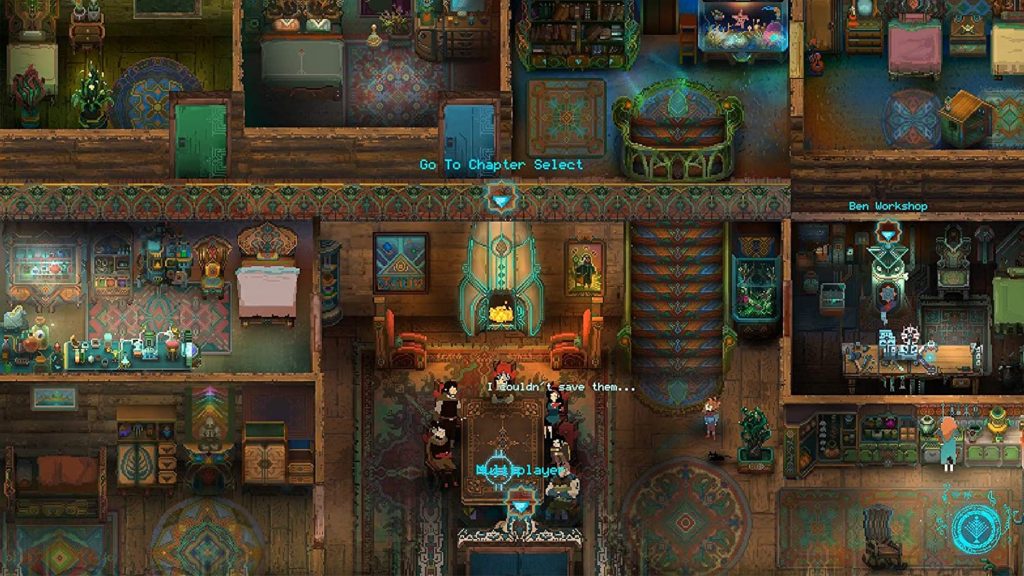
The Bergson home acts as a bit of a hub where you’ll be able to spend the money you collect in dungeons on permanent upgrades for things like base damage, health, critical hit chances, increased money, increased XP, and more. Each increase affects every member of the family. All of this allows you to slowly get more and more powerful, enabling you to progress further, even if your skills aren’t up to snuff, so long as you’re willing to put in the time.
Where Children of Morta becomes more of a roguelike is in the way you progress through the game. Each time you enter a dungeon, the layout and items you find will be different. As you make your way through the various dungeons, you’ll acquire a number of items that will help you. These include divine relics, which are activated abilities with a cooldown timer, divine graces, which are passive abilities/buffs, charms, which are one-time use items, and runes, which augment your attacks with special abilities. You’ll also find obelisks during runs that offer up timed buffs like increased defense, better luck, etc. There are also a number of random events that you can stumble across including puzzles, challenge rooms, side quests, and more. As with most Rogue-inspired games, the randomness of which items and events you find will play a factor in just how powerful your character becomes over the course of a dungeon.
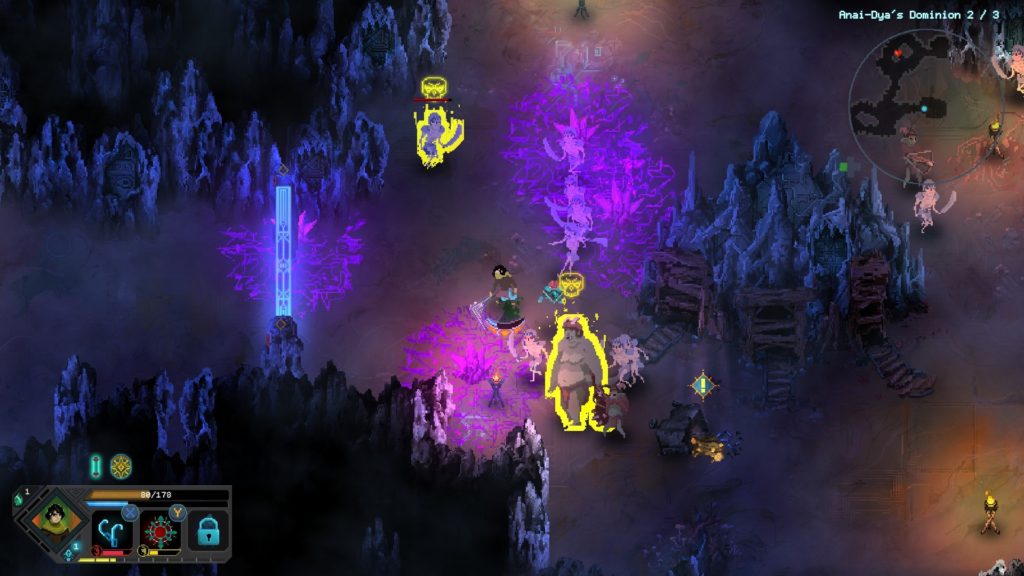
Once you finish a few floors, you’ll come to a boss. If you defeat the boss, you’ll be warped back to the Bergson home and be able to advance to the next area. If you die before beating the area’s boss, then you’ll start from the start of that area. Luckily, you only have to get through two or three floors at a time before your progress is saved. You’re allowed to access the next section, making it much more forgiving than other games in the genre.
On the flip side of that is that once you complete those two or three floors and beat the boss, all of the items you found are stripped from you. Sometimes it feels like you get taken out of the action just as you’re getting into the groove of things. That’s honestly my only real gripe about the game. I wished there was a mode where you could play through the entirety of the game one dungeon after the next, accumulating items as you go instead of having it broken up into smaller, bite-sized pieces.
Children of Morta offers up a new game plus once you’ve finished the main storyline, allowing you to start a new story with all the characters and upgrades you’ve unlocked but with a steeper challenge. On top of that, there are also a couple of different base difficulty levels to choose from, so there is plenty to keep you coming back if the game clicks with you. It should also be noted that Children of Morta offers a co-op mode, but I wasn’t able to try it out because at the moment it is local co-op only.
Children of Morta was a thoroughly enjoyable experience for me. Between satisfying combat, a heartfelt story, tons of unlockables, and a variety of characters to learn about, it was a game I didn’t want to put down. I can say it’s easily one of the best rogue-lite games I’ve played in a while and highly recommend checking it out.

